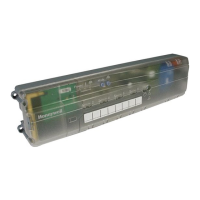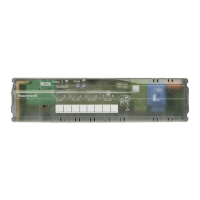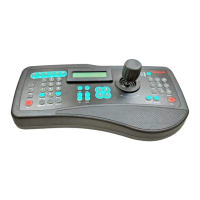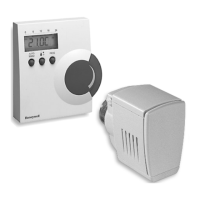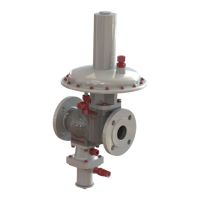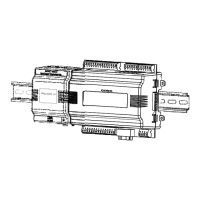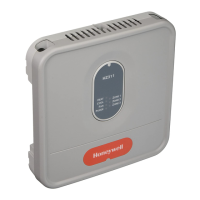Components and Architecture - Ethernet Open Connectivity Network
Revision 19 HC900 Process Controller Installation and User Guide 33
06/14
Inter-Connection to Other Networks
In many cases, an HC900 Controller application will include a single, free-standing controller that involves
no connections via the Ethernet Open Connectivity network. In other cases, the HC900 Controller will be a
member of a Local Area Network (LAN) as indicated in Figure 19. The HC900 controller LAN may be
very simple, or it may include many devices in a complex and very sophisticated structure. In any case, it
must always be regarded as a single, modular entity that can be protected from intrusion by any other
networking device to which this LAN is connected.
Various types of networking devices that enable selective connection to other networks are available. A
“Router” is commonly used for this purpose.
Routers can examine and “filter” message packets, permitting passage of wanted messages and denying
passage of all others.
The feature that gives the Router its name is it enables translation of IP addresses, which enables networks
with dissimilar network IP addresses to communicate as though they were members of the same network.
This feature is particularly useful when an HC900 Controller LAN is installed under “local addressing
rules”. That is, IP addressing can be assigned without approval of or conflict with world Internet governing
bodies. A default IP address is provided in each C30 and C50 CPU: 192.168.1.254. Later, when
connecting to networks with more stringent addressing requirements, it is necessary only to configure the
Router with address mapping and connect it between the existing LAN and the other existing network.
Connections to other networks vary in purposes and methods; some of these are described below.
E-Mail Communications
The HC900 Controller includes e-mail software that enables communication of Alarms and Events to up to
three Internet addresses. Implementing this feature consists of:
• Using the Designer Software to configure:
− Alarm Groups and Event Groups
− Assignment of specific alarms to priority and e-mail enabling
− E-Mail address lists
− SMTP mail server IP address
− Default gateway must be configured in order to send e-mail. With redundant controllers, two default
gateways need to be configured; one for each of the redundant networks (assuming both are being
used). This will typically be the LAN side IP address of the routers used to connect the controller to
the external network.
• Installing and configuring hardware
Note: This data is included for reference. The following items should be implemented by qualified
IT/MIS personnel.
− Install and configure a Router to provide isolation and security. (Figure 21) (This should be part of
standard network installation.)
− Install and configure internet access to Simple Mail Transport Protocol (SMTP) server. This may
include the location of an existing server on an existing network.
Note: Consult your service provider for availability of access to network, local cable, or DSL in your area.
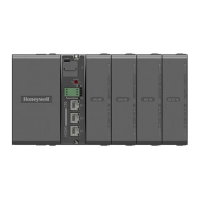
